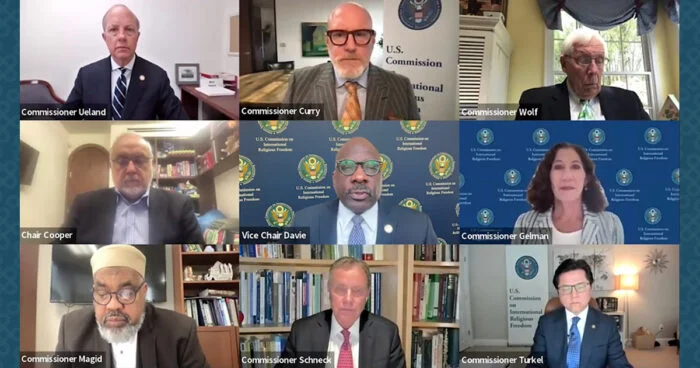Shyam Saran, The Print. 11 August, 2021.
China’s Tibet policy is now dominated by the security dimension and this inevitably reflects in its internal policy towards the region.
To understand the significance of Chinese President Xi Jinping’s recent visit to Tibet, one needs to go back to the decisions taken at the Seventh National Forum on Work in Tibet held on 28-29 August 2020, in Beijing. There was an important eight-character edict from Xi that spelt out key elements of the latest policy line on Tibet— “stability, development, ecology and border area consolidation.” The aspect of “border area consolidation” had assumed significance in view of the clashes between Indian and Chinese troops in eastern Ladakh, in May 2020. These clashes in Galwan were preceded by a tense stand-off between the troops at Doklam, located at the India-Bhutan-China trijunction in 2017. Therefore, the security aspect of managing Tibet has acquired heightened importance for China. At the Seventh Forum, the Chinese President clearly placed top priority to the security objective when he said, “We must adhere to the strategic thinking that to govern the nation, we must govern our borders; to govern our borders we must first stabilize Tibet.”
Note the singular importance given to Tibet in ensuring border security. No other border, nor borders in general, have been mentioned. This is why one must realise the significantly enhanced threat to India’s security in Arunachal Pradesh.
Also read: India+US can end Chinese Communist Party expansionism, says Tibetan monk who met Blinken
Building around the border
There is visible acceleration in the pace of infrastructure development in Tibet, particularly near the India-China border in the Arunachal Pradesh sector. Nyingchi, where Xi visited, is currently a major link in the proposed high-speed railway from Lhasa to Chengdu in Sichuan province. It lies only 15 km from the India-China border. The strategic importance of the rail link in moving troops and materials swiftly to the border in case of an armed conflict should not be underestimated.
Read the full report here.





